China's first domestically produced commercial aircraft, the COMAC C919, officially entered service at the end of May.
China's first domestic passenger jet, the COMAC C919, is ready for its first commercial flight.
In a symbolic event, on May 29, China Eastern Airlines flight MU9191 took off from Shanghai Hongqiao International Airport and landed in Beijing.
This is considered Beijing's answer to the US Boeing 737 and European Airbus A320 aircraft in its plan to serve the Chinese domestic market and potential Asian markets.
While the flight was promoted by Beijing as evidence of China's achievements in aviation technology, it also sparked debate about the incorporation of US parts and allegations of intellectual property theft in the aircraft's design and construction.
Still, the C919 serves as the latest tool in China's foreign policy, much like the Douglas DC-3 revolutionized former US President Franklin D. Roosevelt's air diplomacy .
Once known as the "backbone" of wartime logistics, the Douglas DC-3 was one of the world 's first commercial passenger aircraft. The aircraft's long range and comfortable seating, at least for its time, allowed airlines to operate passenger flights without relying on cargo to stay profitable.
Then-President Roosevelt actively recognized the Douglas DC-3 as a valuable tool for strengthening America's foreign relations. On foreign trips, the leader proudly showcased American aviation technology, with his own presidential C-54 Skymaster and a fleet of accompanying Douglas DC-3s.
Not only that, President Roosevelt also gave Douglas DC-3s as gifts to countries of strategic importance. Most notably, he gave the aircraft to the King of Saudi Arabia, becoming a diplomatic and friendship gift after President Roosevelt's historic meeting with the king along the Suez Canal on February 14, 1945.
Six years later, the two countries signed the Mutual Defense Agreement of 1951, a formal defense pact that cemented the two nations' close relationship. The Douglas DC-3 also marked the birth of Saudia, the national airline of Saudi Arabia.
Similar to the Douglas DC-3, China’s new C919 has potential for Chinese President Xi Jinping’s foreign policy, drawing striking parallels to Roosevelt’s use of the US DC-3. The C919 carries symbolic value for China’s foray into great power politics in international aviation, and the Chinese president will undoubtedly take advantage of the opportunity to strengthen diplomatic ties and advance Beijing’s global influence.
So far, only Chinese regional airlines have ordered the C919, intending to use it for short domestic routes. For Beijing to promote the plane as a technological triumph and a symbol of international prestige, the C919 needs to be operated by airlines outside China.
Over the next decade, Beijing may target two specific groups of potential C919 operators in its diplomatic efforts.
The first group includes Chinese partners facing international sanctions, including Russia, Iran and North Korea. Russia’s military campaign in Ukraine has led to sanctions and a no-fly zone for Russia’s civil aviation sector. Meanwhile, Iran’s commercial aviation sector has been battered by years of conflict, poor infrastructure, neglect and underinvestment. International sanctions have made it nearly impossible to buy aircraft parts, let alone new aircraft. North Korea has faced similar problems, with leader Kim Jong-un borrowing a US-made Air China Boeing 747 to fly to Singapore for the US-North Korea summit in June 2018. The C919 could provide Beijing with an opportunity to breathe new life into the aviation sectors of Iran, Russia and North Korea.
The second group includes emerging economies on the international stage that Beijing hopes to bring into its sphere of influence.
One Indonesian airline, TransNusa, has shown interest in buying a smaller Chinese aircraft, the ARJ21. Other Indonesian carriers, including national carrier Garuda Indonesia, could also be persuaded to invest in Chinese aviation technology. Or emerging powers, including India, could bring their desire for Asian-made aircraft to Asians.
Kenya and Ethiopia, two countries that have already embraced Chinese rail infrastructure, may be poised to expand their reliance on air travel.
However, the C919 is unlikely to break the monopoly of the two "big brothers" Boeing-Airbus in the commercial aircraft manufacturing market. China can look to the world's two largest commercial aircraft manufacturers, Brazil's Embraer and Canada's Bombardier, who are still struggling to compete. Bombardier recently had to sell its CSeries aircraft to Airbus. Meanwhile, Russia's Ilyushin aircraft, which mainly serves the former Soviet Union markets, and Japan's Mitsubishi SpaceJet, are still shelved indefinitely.
To replicate the transformative impact of the Douglas DC-3 under President Roosevelt, Xi Jinping must use the C919 as a tool to win the trust of foreign leaders and airlines. Above all, Beijing must address concerns about safety, reliability, and performance while ensuring the aircraft’s price is competitive with Western-made aircraft.
Source












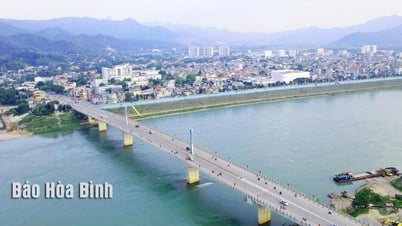






















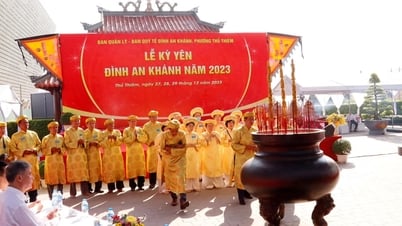













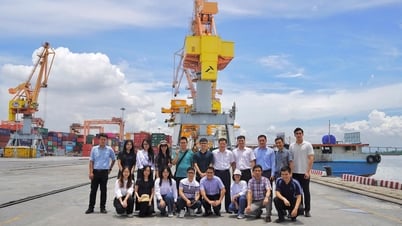




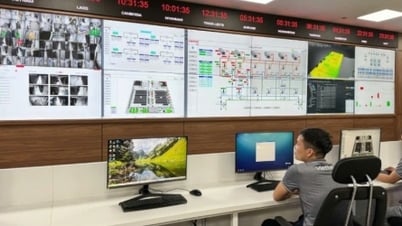



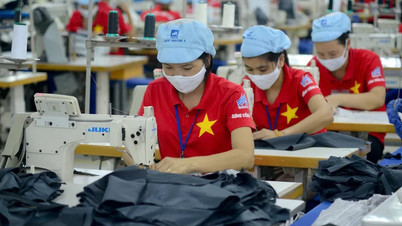










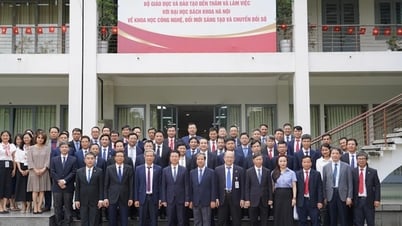

















![[OCOP REVIEW] Bay Quyen sticky rice cake: A hometown specialty that has reached new heights thanks to its brand reputation](https://vphoto.vietnam.vn/thumb/402x226/vietnam/resource/IMAGE/2025/7/3/1a7e35c028bf46199ee1ec6b3ba0069e)










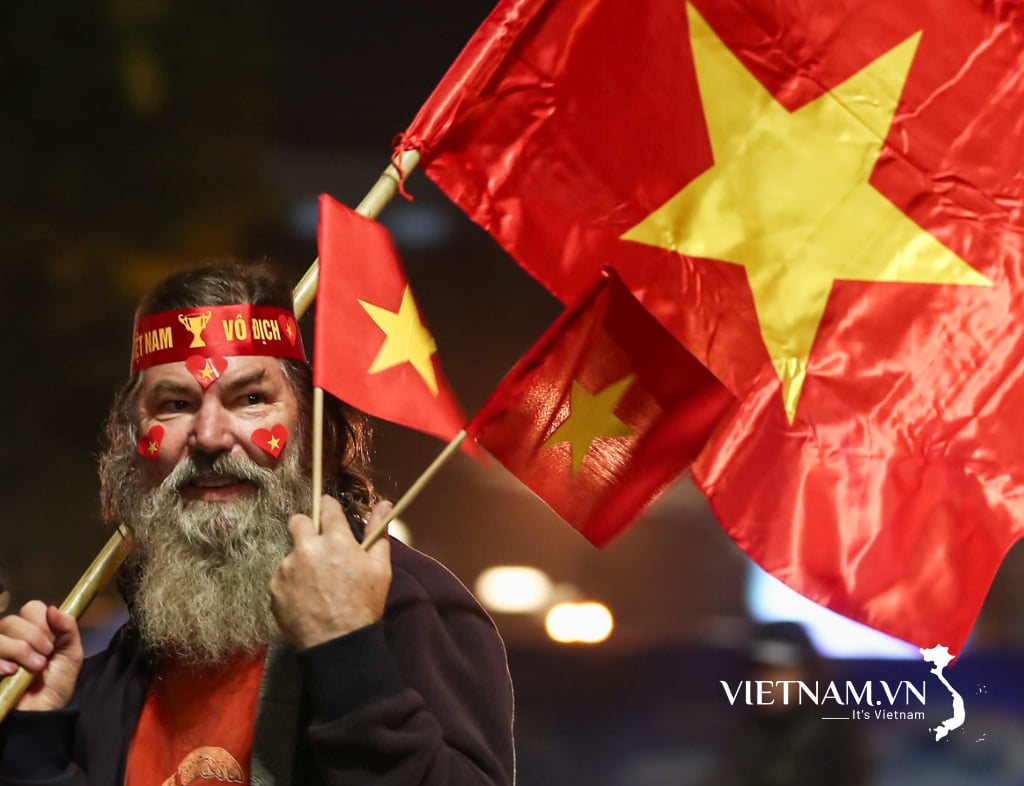


Comment (0)